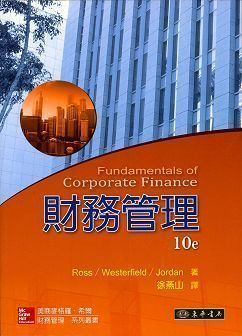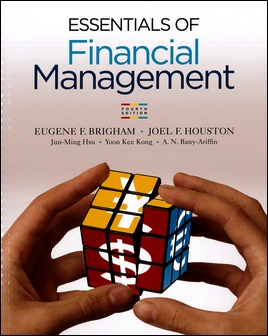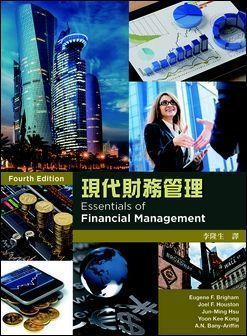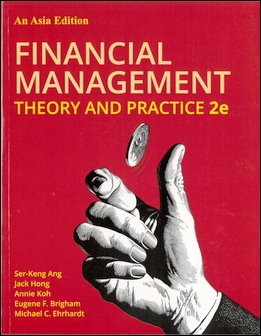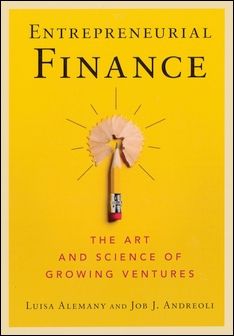書籍分類
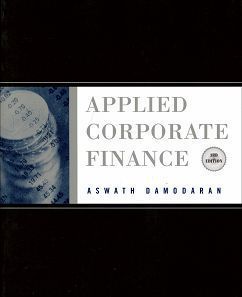
Applied Corporate Finance 3/e
作者:Aswath Damodaran
原價:NT$ 1,250
ISBN:9780470384640
版次:3
年份:2010
出版商:John Wiley
版次:3
年份:2010
出版商:John Wiley
內容介紹 本書特色 目錄
- Description
Aswath Damodaran, distinguished author, Professor of Finance, and David Margolis Teaching Fellow at the NYU Stern School of Business, has delivered the newest edition of Applied Corporate Finance. Readable in style, this text provides the practical and succinct advice that students and practitioners need, rather than a sole concentration on debate theory, assumptions or models.
Like no other text of its kind, Applied Corporate Finance, 3rd Edition applies corporate finance to real companies. It now contains five real-world core companies to study and follow. Business decisions are classified for students into three groups: investment, financing, and dividend decisions. Perfected suited for corporate finance and equity valuation courses in MBA programs!



